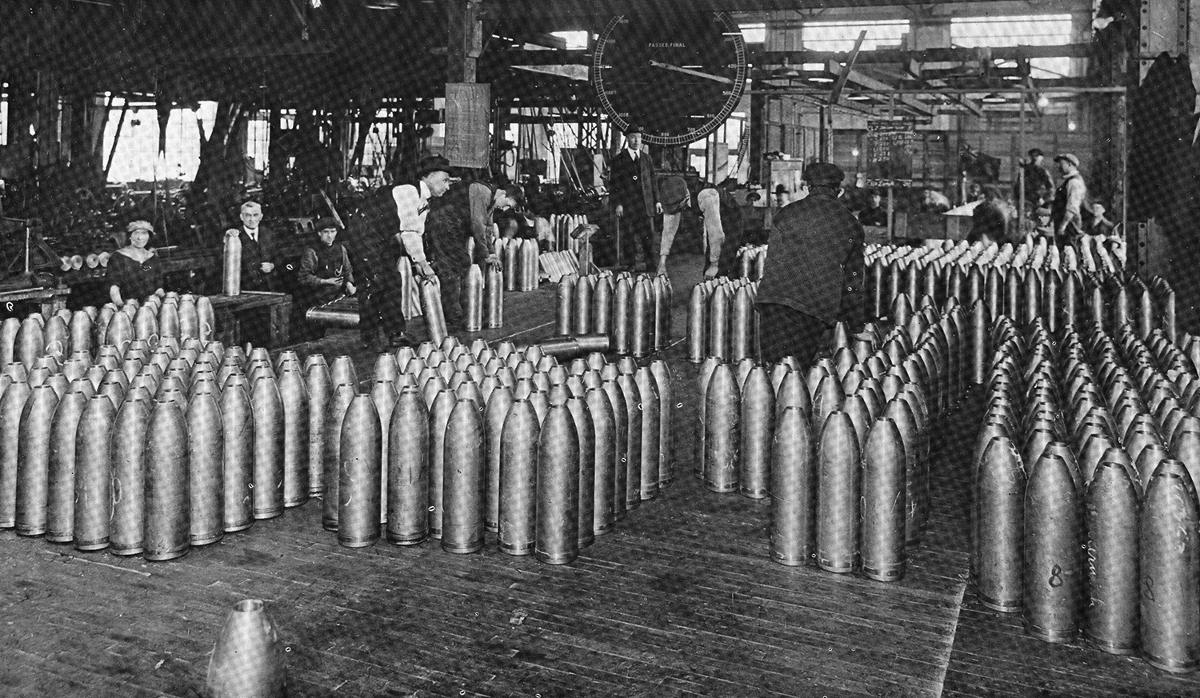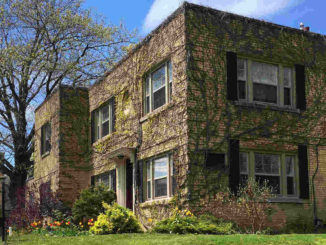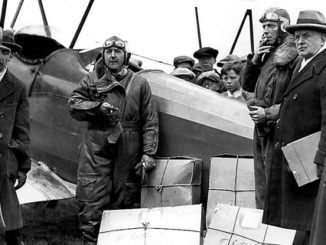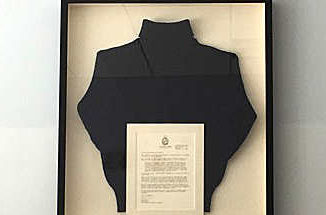
Canada Wire and Cable Company was a major player in Leaside’s industrial history from the birth of the town in 1913 to the 1990s, employing as many as 2,700 people at the peak of its operations in the mid-1970s. But the company’s early years did not go entirely as planned.
From its original three-storey building on the southeast corner of Laird and Wicksteed, the company gradually expanded eastward and southward eventually covering, by 1965, the entire block to Brentcliffe to the east and Commercial Rd. to the south. Canada Wire’s Leaside operations were purchased in 1991 by Alcatel, which moved to Markham in 1996, and sold the property to Mitch Goldhar in 1997 to be redeveloped as box stores.
Many will recall the high, square tower, situated roughly where the Sobeys store is now located. It stood above the rubble of the demolished factory for several years after all other remnants had been cleared away in the late 1990s. While it had been built in 1959 to house the machinery for adding rubber insulation to cables, fewer may be aware of the First World War’s impact on the company’s – and town’s – development.
In the early 1900s hydroelectric power was still in its infancy in Ontario, but municipalities and manufacturers were quick to see the potential of this low-cost alternative to coal and gas. The Hydro Electric Power Commission (HEPC) was created in 1906 with Adam Beck as chairman.

Toronto businessman Roderick J. Parke, agent for the British Aluminum Company, saw an opportunity to import aluminum rods duty-free from England to make wire in Toronto for this seemingly safe market. He approached the HEPC and secured an order for three million pounds of wire. Then he had to find someone who actually knew how to make wire. He recruited Herbert Horsfall, superintendent of Dominion Wire Manufacturing in Montreal, one of the few such companies in Canada at the time.
Of course, the pair still required financing. Parke next approached Emil A. Wallberg, a leading general contractor in Toronto who immediately recognized a good investment. The three formed a syndicate, and in February 1911 Canada Wire and Cable Company was born and began operations on Dundas West near Ossington.
Responding to demand, they added copper wire and rubber-coated “weatherproof” wire to their offerings and soon required more space. Wallberg, ever alert to a business opportunity, had anticipated this need and in 1912 privately purchased 16 acres in the new town of Leaside. He now proposed that the company buy from him the factory he was already building there along with 100 residential lots on which he would build homes for the employees. Canada Wire formally agreed to the proposal on 6 June 1914. Just three weeks later Archduke Ferdinand was assassinated and by 4 August, Europe had stumbled into World War I. Further financing became impossible, domestic demand dried up, and the half-built factory stood empty and unfinished for the next two years, while Canada Wire struggled to stay afloat.
In the meantime Canada’s leaders of business and industry turned their attention to supplying the needs of the Allied war effort. The Canadian government had to figure out in short order how to procure all the supplies of food, clothing and military equipment the soldiers serving in Europe would need. Naturally, given the magnitude and urgency of this task, charges of incompetence, shoddy goods, delays and profiteering were rampant and often warranted. But by the end of 1915 – when the reality had finally sunk in that the war could well last for years – one problem outweighed all others: how to produce and pay for an adequate supply of munitions. Toronto business tycoon Joseph W. Flavelle was named chairman of the Imperial Munitions Board (IMB) to try to sort it all out.
If electrification was going to be delayed by the war, Horsfall and Wallberg would get into the munitions business. The Leaside Munitions Company was incorporated as a wholly-owned subsidiary of Canada Wire on 28 June 1916, an initial contract secured from Flavelle for 54,000 9.2 inch shells, and financing arranged to complete and equip the Leaside factory to fulfill the order.
The Red Reel by J.H. Pryce says that under Horsfall’s skillful direction the shells were produced rapidly, efficiently and at a lower price than other suppliers so further contracts were awarded, including for 6-inch shells, of which the Leaside factory became the largest producer in North America. Such was their reputation that the US government, on recommendation of the IMB, placed an order in early 1918 for 50,000 shells and agreed to finance the cost of building the necessary additional facilities in Leaside. Several buildings were quickly erected in the summer of 1918 and production began, but, “when the armistice was signed on November 11, 1918, only two or three 12-inch shells had been completely processed and work was immediately stopped on any further production.”
After the war, the Americans turned over the newly-built and barely used munitions factory to Canada Wire in return for cancellation of the shell contract. Canada Wire revived its pre-war plan to move their operation to Leaside, where they remained as Leaside’s largest employer for the next 72 years.
Thanks to Leaside historian John Naulls for his enthusiastic help with this story and the use of his copy of The Red Reel: the Story of Canada Wire.





